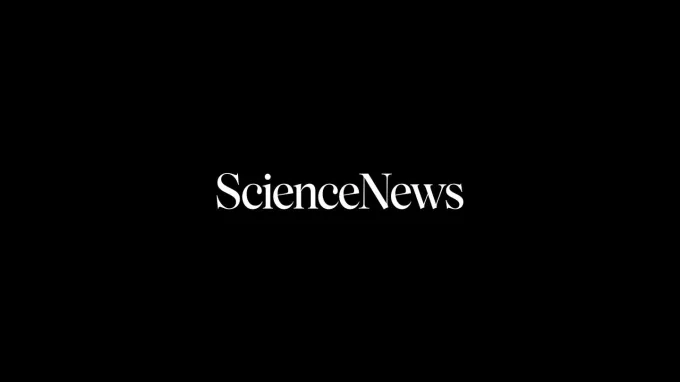Science News Magazine: Current Issue
Vol. 158 No. #5
Trustworthy journalism comes at a price.
Scientists and journalists share a core belief in questioning, observing and verifying to reach the truth. Science News reports on crucial research and discovery across science disciplines. We need your financial support to make it happen – every contribution makes a difference.
More Stories from the July 29, 2000 issue
-
 Physics
PhysicsMatter’s Missing Piece Shows Up
The first direct evidence of the tau neutrino, the last of the 12 subatomic particles considered the fundamental building blocks of matter, has finally been found.
By Peter Weiss -

Study of stimulant therapy raises concerns
A community survey in North Carolina indicates that many children receiving stimulant treatment don't have attention-deficit hyperactivity disorder.
By Bruce Bower -

Mom, is that you? Seals show family recall
Researchers found that northern fur seal mothers and offspring in Alaska remember and respond to each other's calls for as long as 4 years, the first demonstration of such long-term recall in a mammal species other than humans.
By Ruth Bennett -
 Astronomy
AstronomyTelescope finds tiny moon of Jupiter
Astronomers reported the discovery of Jupiter's 17th known moon, the first Jovian moon discovered in 25 years and perhaps the tiniest known satellite of any planet.
By Ron Cowen -
 Earth
EarthNewfound gas is greenhouse powerhouse
Scientists have detected in the atmosphere for the first time a gas that traps heat more effectively than any other previously found there.
By Sid Perkins -
 Materials Science
Materials ScienceA new carbon nanotool springs to life
Physicists have pulled out the inside cylinders of multiwall carbon nanotubes, as if expanding a telescope, indicating how the devices may serve as tiny bearings and springs in future nanomachines.
-
 Health & Medicine
Health & MedicineMolecule may protect against kidney damage
People with a gene for the protein called apoE-IV are less likely to have the dangerous complication of kidney failure after a heart-bypass operation than are people who make other versions of the protein.
By Nathan Seppa -
 Astronomy
AstronomyA comet’s chilly origin
Astronomers have detected argon in comet Hale-Bopp, the first time an inert gas has been found in one of these icy bodies and an indication that the comet formed in the frigid outer solar system between the orbits of Uranus and Neptune.
By Ron Cowen -
 Astronomy
AstronomyX-ray flare from a dim source
An X-ray flare coming from a old, failed star has surprised astronomers.
By Ron Cowen -

Looking for the brain’s g force
Controversial evidence suggests that a frontal-brain network underlies psychological measures of general intelligence.
By Bruce Bower -

When autism aids memory
People with autism may often have a superior memory for factual details, possibly because of their inability to use context in remembering information.
By Bruce Bower -
 Earth
EarthLiving routes to toxic routs
Scientists are developing novel techniques for removing perchlorate, a potentially carcinogenic pollutant, from water.
By Janet Raloff -
 Earth
EarthChina: A mercury megapolluter
China's heavy reliance on coal burning makes it a world leader in mercury air pollution.
By Janet Raloff -
 Earth
EarthMethylmercury’s toxic toll
More than 60,000 children are born each year with neurodevelopmental impairments due to their prenatal exposure to methylmercury.
By Janet Raloff -
 Earth
EarthWhen do EMFs disturb the heart?
Whether electromagnetic fields can blunt the healthy variability in heart rate may depend on an exposed individual being aroused or stressed during exposure.
By Janet Raloff -
 Agriculture
AgricultureDetoxifying Desert’s Manna
Farmers need no longer fear the sweet pea's dryland cousin.
By Janet Raloff -
 Humans
HumansWhen Biologists Get Bombed
Or shot at by soldiers. This isn't textbook conservation science.
By Susan Milius
